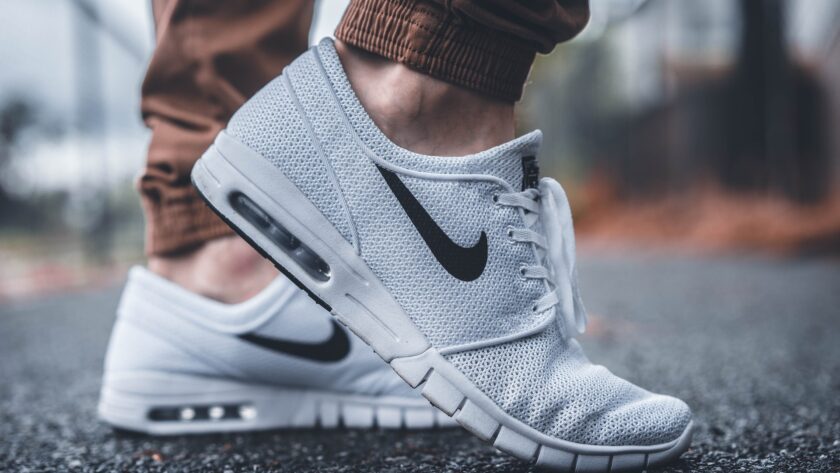If you experience pain or discomfort in the ball of your foot, it may be a good idea to start using metatarsal pads. Metatarsal pads are cushions that provide relief and support for the balls of your feet, or the area your five metatarsal bones end. They are recommended by podiatrists for soothing conditions like rheumatoid arthritis, neuromas, or metatarsalgia.
Metatarsal pads usually work by relieving pressure on the balls of your feet and redistributing it to other areas like the heel. However, their effectiveness may vary depending on their size, material, shape, and placement. Keep reading to learn about the 5 most common types of metatarsal pads and what they’re used for.
Contents
#1. Gel Metatarsal Cushions
While metatarsal pads and metatarsal cushions have similar functions, metatarsal cushions are usually larger and placed directly on the ball of the foot. Metatarsal pads, on the other hand, are smaller and placed just behind the ball of the foot.
Gel metatarsal cushions offer extra support directly to the ball of the foot, which makes them great for people who have a loss of fat on the balls of their feet. They are also great for runners or women who wear high heels. The gel provides a flexible but firm material that absorbs shock and stays cool. They are usually washable and reusable.
#2. Gel Metatarsal Pads
Gel metatarsal pads are applied just behind the balls of the feet, and, unlike metatarsal cushions, they work directly to diminish pressure on the metatarsal bones. This makes them better for relieving neuromas.
Similar to the gel metatarsal cushions, gel pads provide soft but supportive comfort to your feet, and are usually washable and reusable. Many have the ability to stick directly to your foot. Today, you can also buy premium quality Polyester socks and tube socks for men & women that have in-built metatarsal pads in them for added cushioning to the feet and better grip, while you are walking on the street or going on a mountain trek for long hours.
#3. Felt Metatarsal Pads
Felt metatarsal pads are made of natural fibers that allow your feet to breath while still providing support. Felt is often used in natural footwear, and was the go-to cushion of choice before the invention of rubber and gel.
Felt metatarsal pads are typically much firmer than gel ones, which is great for those who need extra support. They are also much more breathable than gel, and the natural material wicks sweat and moisture away. However, they are typically not reusable or washable, and use an adhesive to stick to your foot.
#4. Foam Metatarsal Pads
Like gel pads, foam metatarsal pads are usually soft and pliable. They are pliable and conform to the shape of your foot, which makes them great for people who find it difficult to use more firm options.
Foam metatarsal pads also tend to be more breathable and moisture absorbent than gel pads. However, like felt pads, they aren’t reusable or washable, and stick to your foot with adhesive.
#5. Pedag T-form Metatarsal Pads
T-form metatarsal pads have a unique t-shape that promotes proper foot posture. They provide extra support in spreading your metatarsal bones and increase the surface area of the balls of your feet, which helps to relieve pressure in the nerves of the feet.
Pedag t-form metatarsal pads are made from leather and other natural materials, which make them great for people that experience sensitivities or discomfort with gel, foam or felt pads.
Conclusion
There are a variety of metatarsal pads available on the market, each with their own set of benefits and uses. It’s important to choose the right one for your needs in order to get the most relief and support.
Usually, this involves a process of trial and error, so don’t worry if you don’t get it right the first time. Talk to your podiatrist or doctor if you’re not sure which type is best for you.




